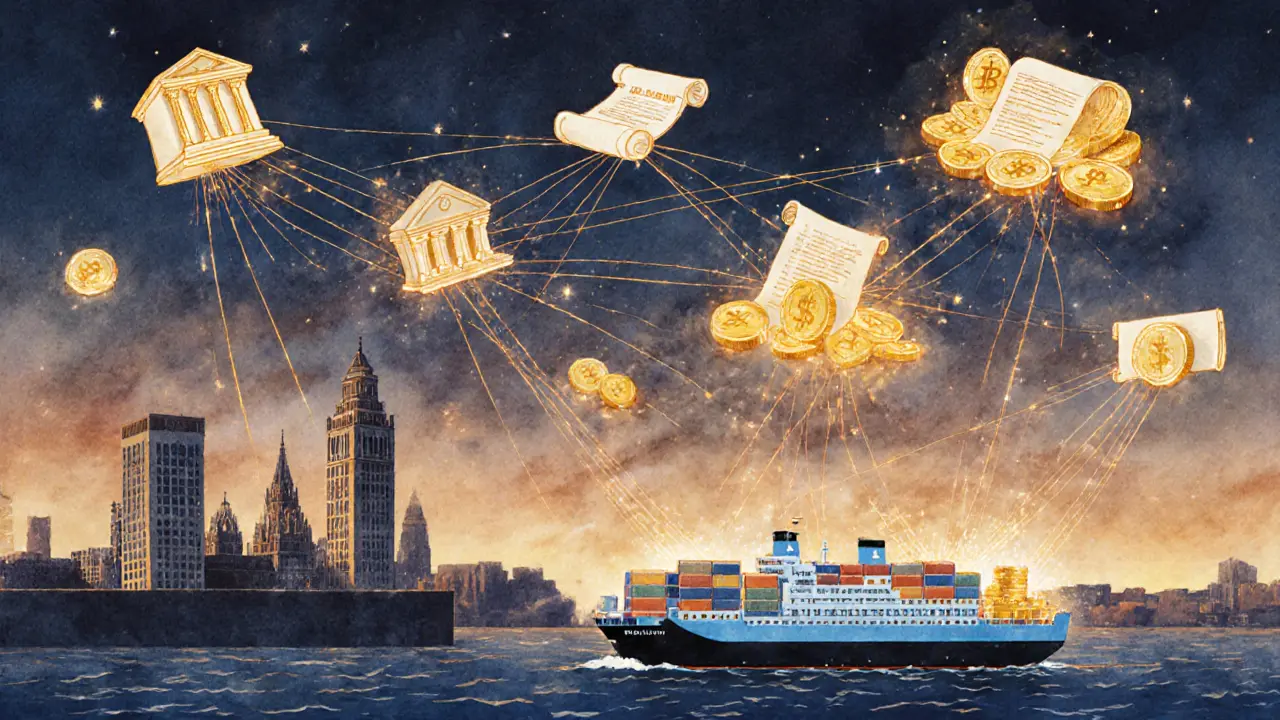DLT Explained: What It Is and How It Powers Crypto, DeFi, and Blockchain Apps
When you hear DLT, Distributed Ledger Technology is a system where data is stored across multiple computers instead of one central server. Also known as blockchain, it’s the reason you can send Bitcoin without a bank, trade tokens on decentralized exchanges, or earn rewards in play-to-earn games. It’s not just about Bitcoin. DLT is what makes wallets like Nunchuk secure, what lets Nigeria’s P2P traders bypass banks, and why El Salvador can make Bitcoin legal tender. If a crypto project doesn’t use DLT, it’s probably just a regular app with a fancy name.
DLT doesn’t mean one thing. Some systems, like the one behind ZT Crypto Exchange, a platform that lets users trade crypto with margin and leverage, use private DLT for faster processing. Others, like SynFutures v3, a decentralized futures exchange built on Ethereum, use open DLT so anyone can verify trades. Even blockchain energy, projects that let neighbors trade solar power using tokens, rely on DLT to track who produced what, when, and how much. That’s the pattern: DLT replaces middlemen with code, and trust with transparency.
What you’ll find here isn’t theory. These posts show DLT in action: how Venezuela uses it to survive hyperinflation, how Kazakhstan regulates mining on its grid, how Vietnam fines people for using crypto as payment. You’ll see how DLT enables NFT airdrops like Zamio TrillioHeirs, powers DeFi platforms like SynFutures, and even backs memecoins like CatSlap—because even silly tokens need a ledger to record who owns what. This isn’t about tech jargon. It’s about real people, real markets, and real systems that run on DLT. If you want to know why crypto moves the way it does, start here.
Future of Distributed Ledger Technology in Digital Economy
Posted By Tristan Valehart On 1 Nov 2025 Comments (18)

Distributed Ledger Technology is transforming finance, supply chains, and digital identity. By 2025, banks, governments, and enterprises are already using it to settle trillions in seconds. Here’s how it works-and why it’s here to stay.
READ MORE
